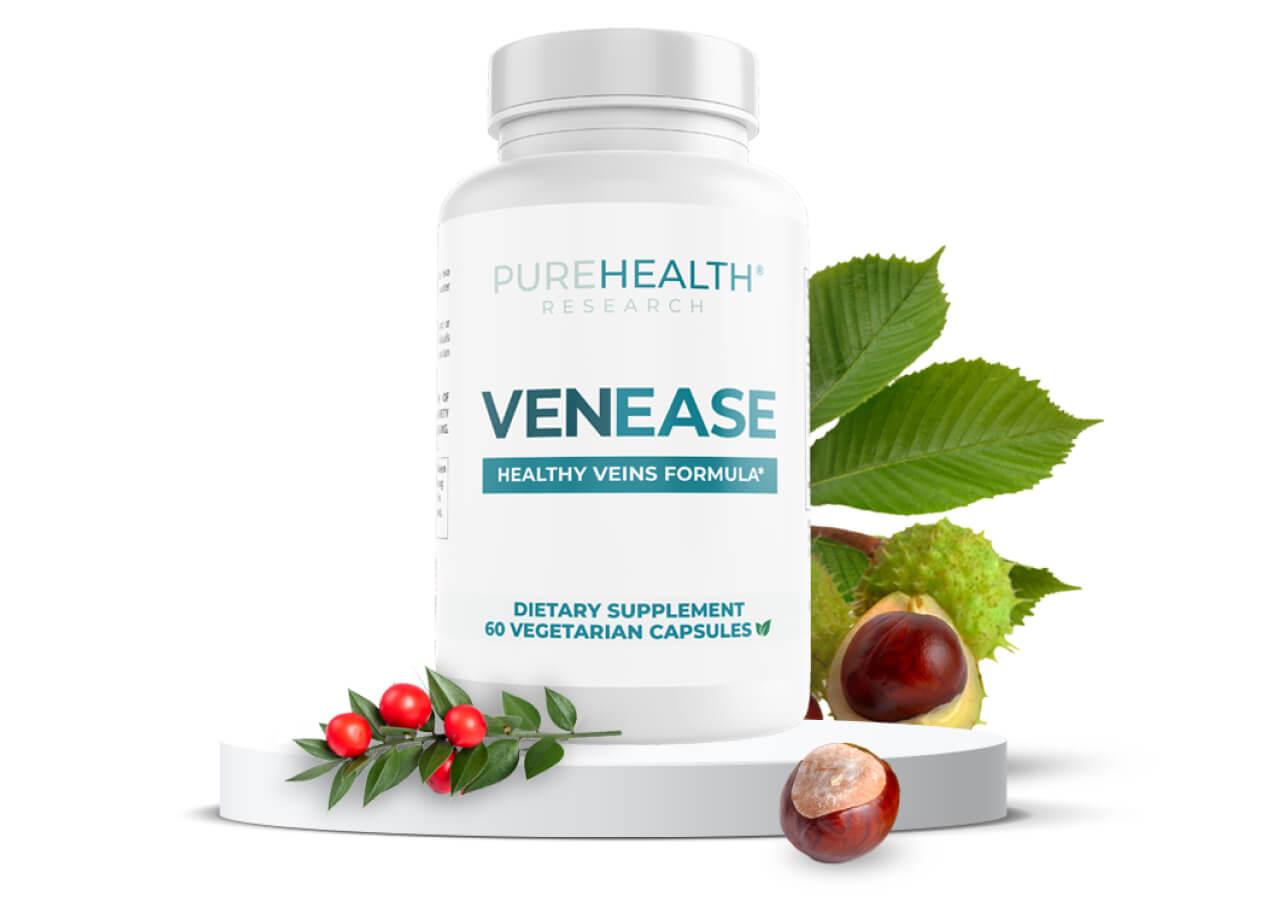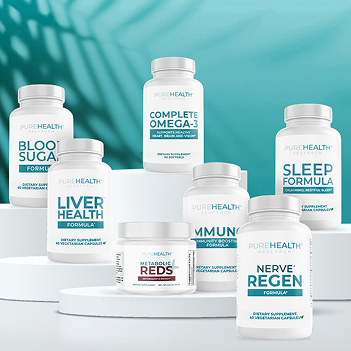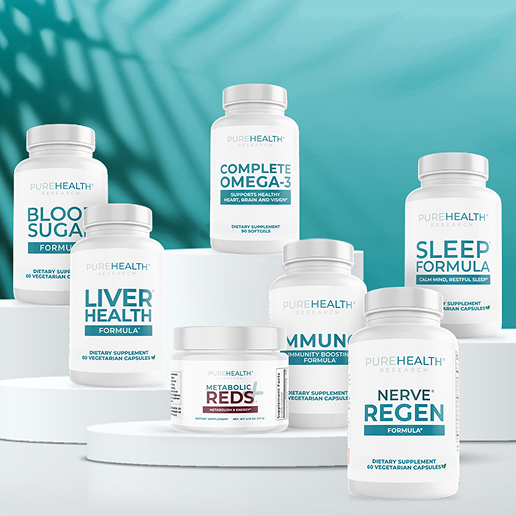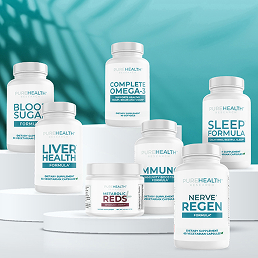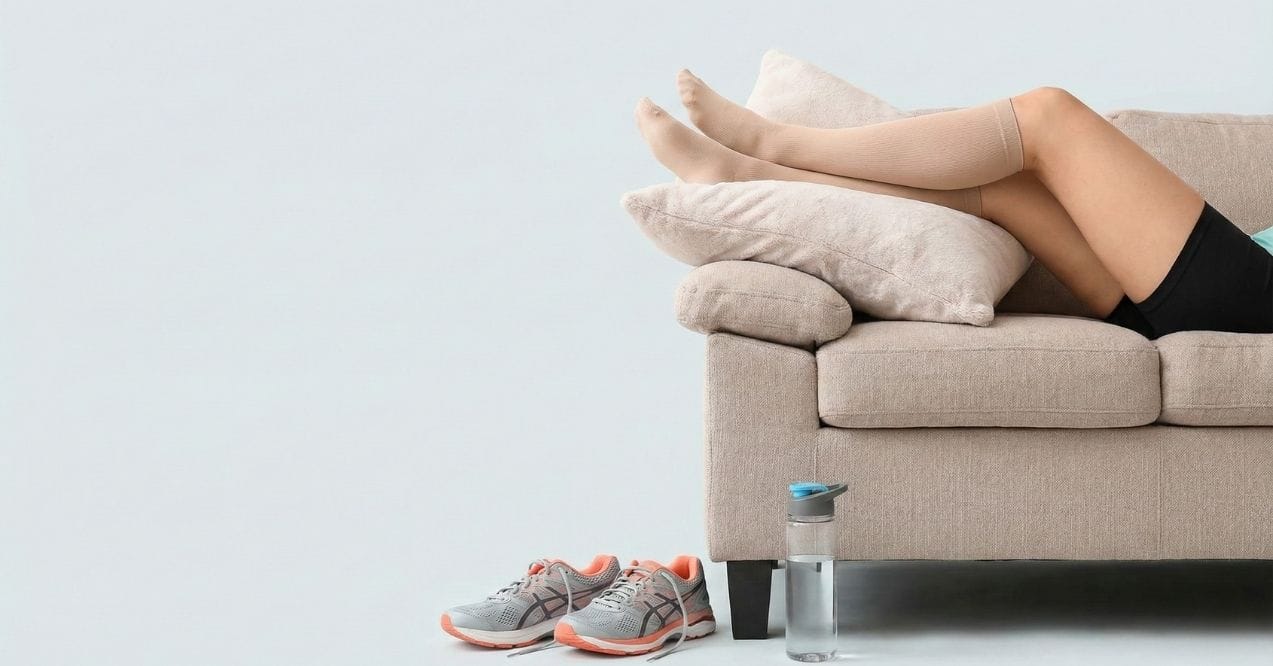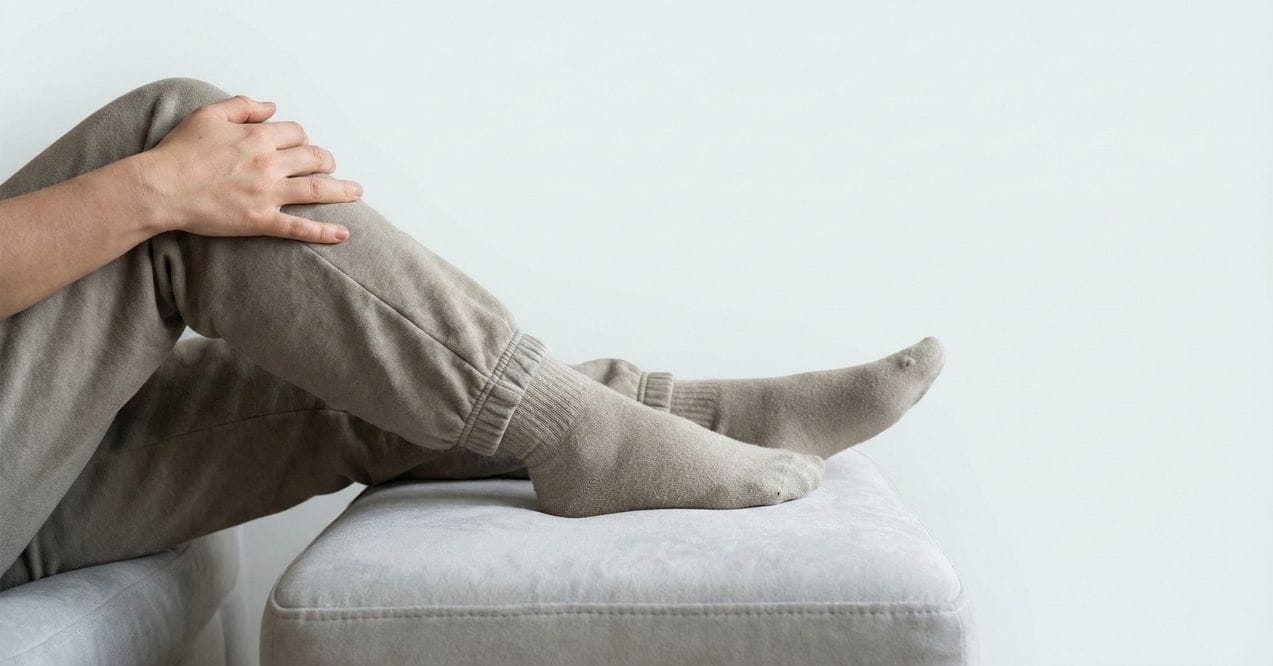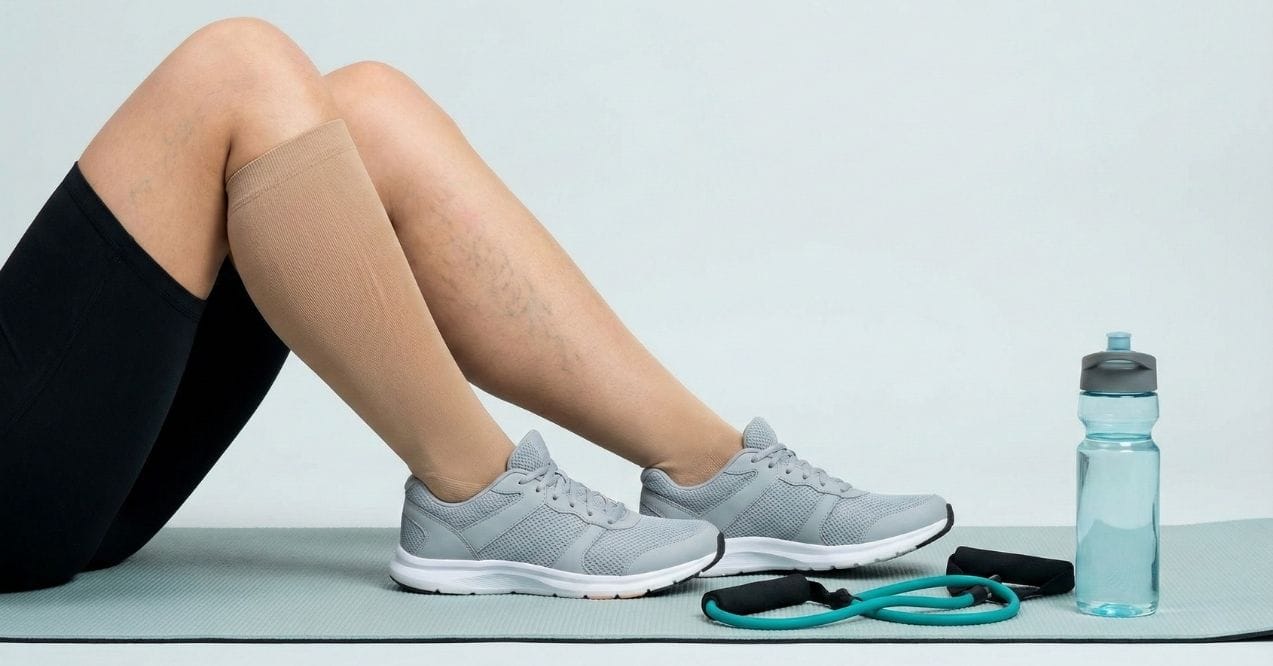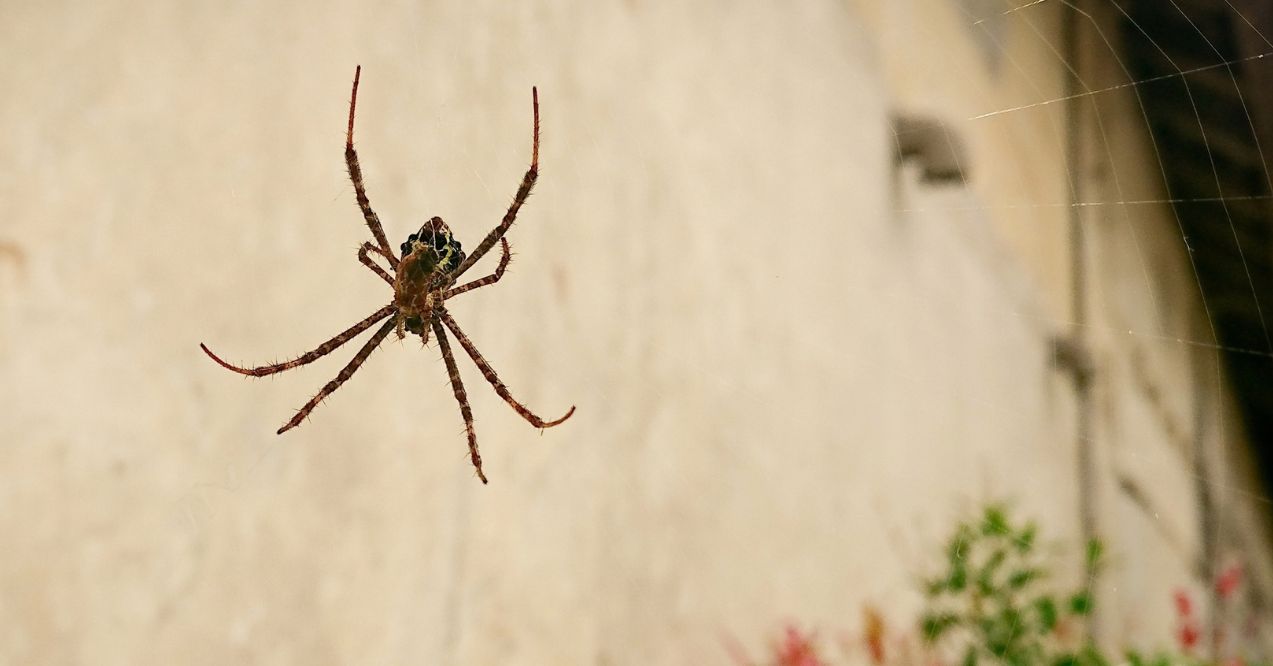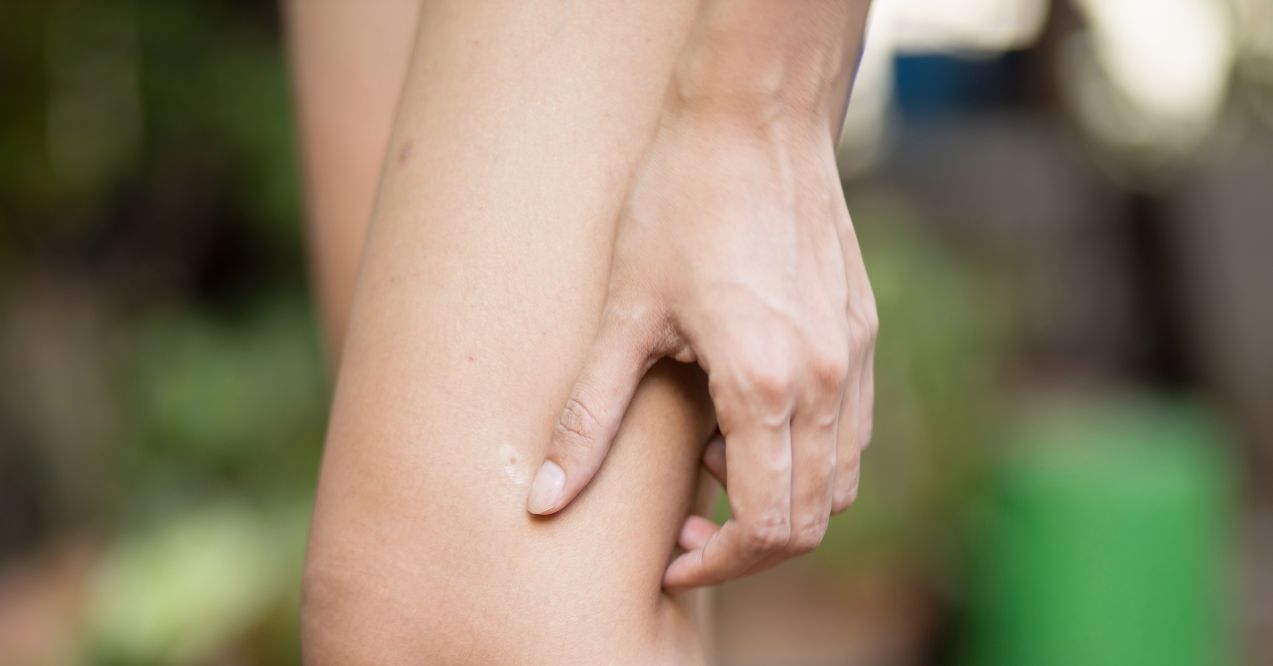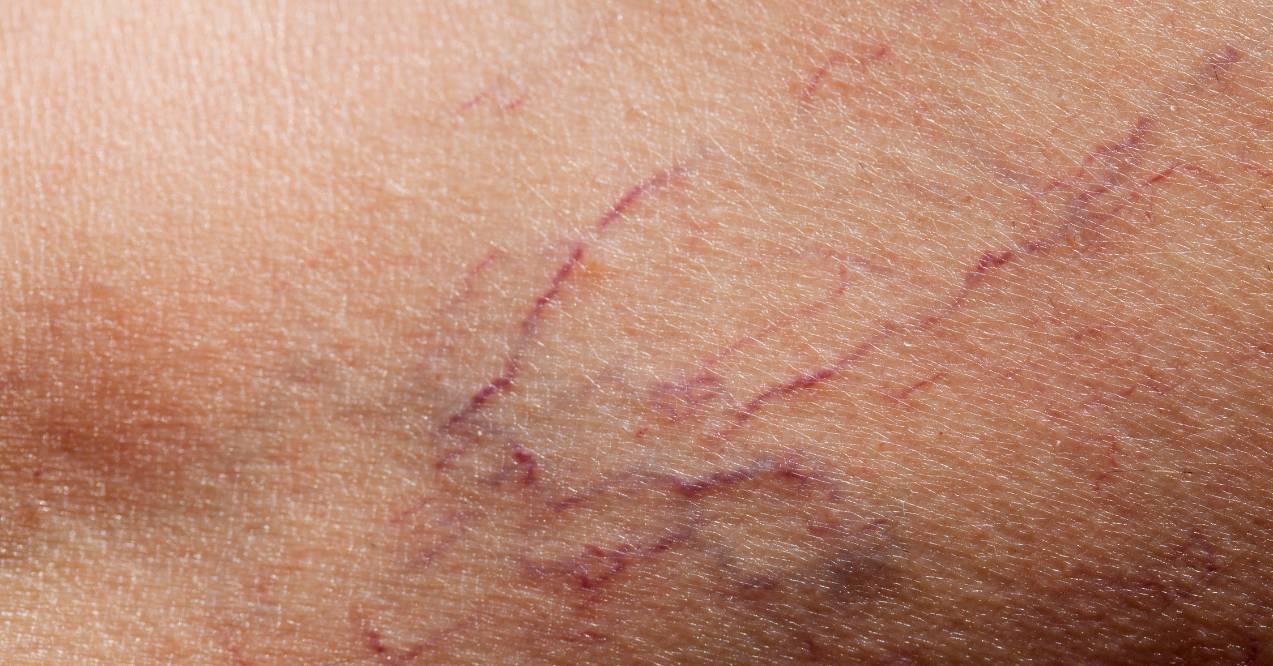Spider Veins on Ankles: Causes, Prevention & Solutions
Embarrassed by spider veins on ankles? Learn how to tackle them naturally and boost your confidence. Expert tips inside!
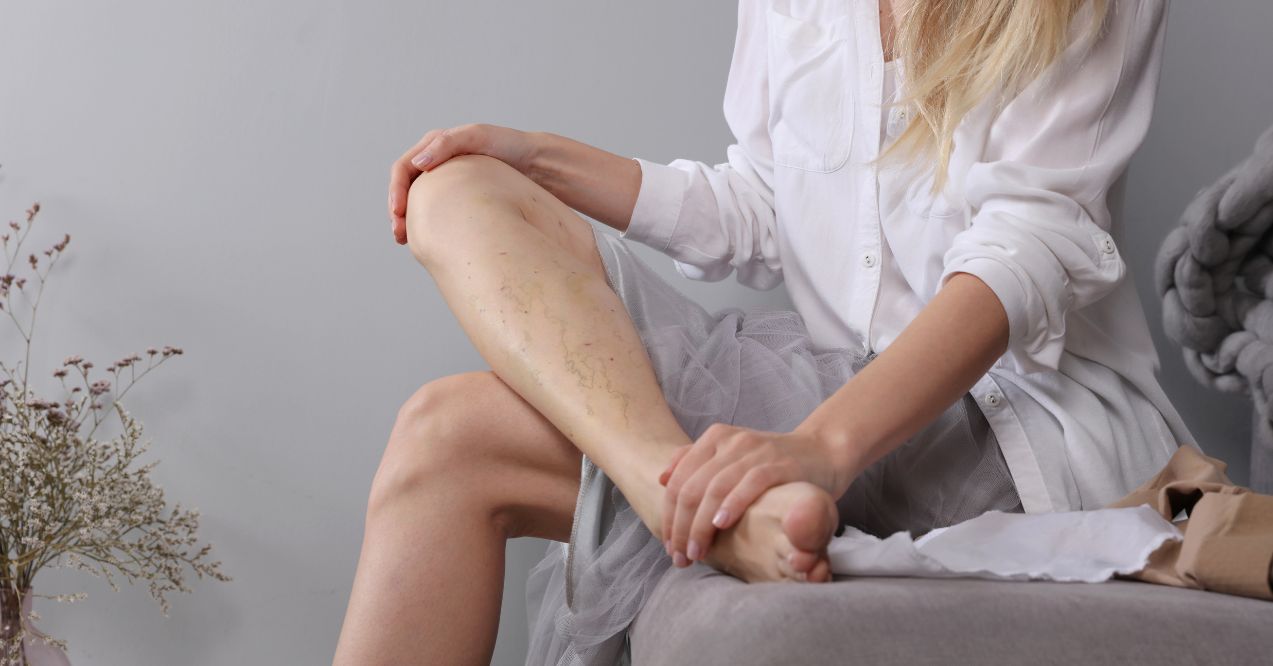

Spider veins on ankles are a common concern for many individuals, often appearing as delicate, web-like patterns just beneath the skin’s surface. These tiny blood vessels can be a source of cosmetic worry, affecting one’s confidence and comfort in showing off their legs.
While typically harmless, understanding the nature of spider veins, their causes, and potential solutions can empower you to make informed decisions about your vascular health.
This comprehensive guide will explore everything you need to know about spider veins on ankles, from their appearance to treatment options.
Understanding Why Spider Veins Are Found on Ankles and Feet
As we mature, many of us notice spider veins on our ankles. These fine, web-like patterns are more than just cosmetic changes – they’re closely tied to our circulatory system’s function.
Your heart pumps oxygen-rich blood through arteries to your entire body, including your ankles. However, returning that blood is an uphill battle, quite literally. Veins, especially those in your legs and ankles, must work against gravity to push blood back to your heart.
This return journey relies on two key factors:
- One-way valves in your veins that prevent backflow
- The pumping action of your leg muscles
As we age, these valves can weaken, and our muscle tone may decrease. This combination can lead to a phenomenon called venous insufficiency, often manifesting as spider veins on ankles.
Your ankles are the furthest point from your heart, meaning they experience the highest venous pressure when you’re standing or sitting. This pressure can cause the tiny capillaries just under your skin to dilate and become visible – that’s what we see as spider veins.
While spider veins on ankles are often genetic and harmless, they can sometimes indicate underlying circulation problems. If you notice accompanying symptoms like aching, swelling, or skin changes, it’s worth discussing with your healthcare provider.
What Causes Spider Veins on Ankles? (Excluding Genetics)
As we journey through life, our bodies tell stories of our experiences. One such tale often appears on our ankles in the form of spider veins. Let’s explore some common causes of these tiny, visible veins that many of us notice as we age.
1. Sunlight Exposure
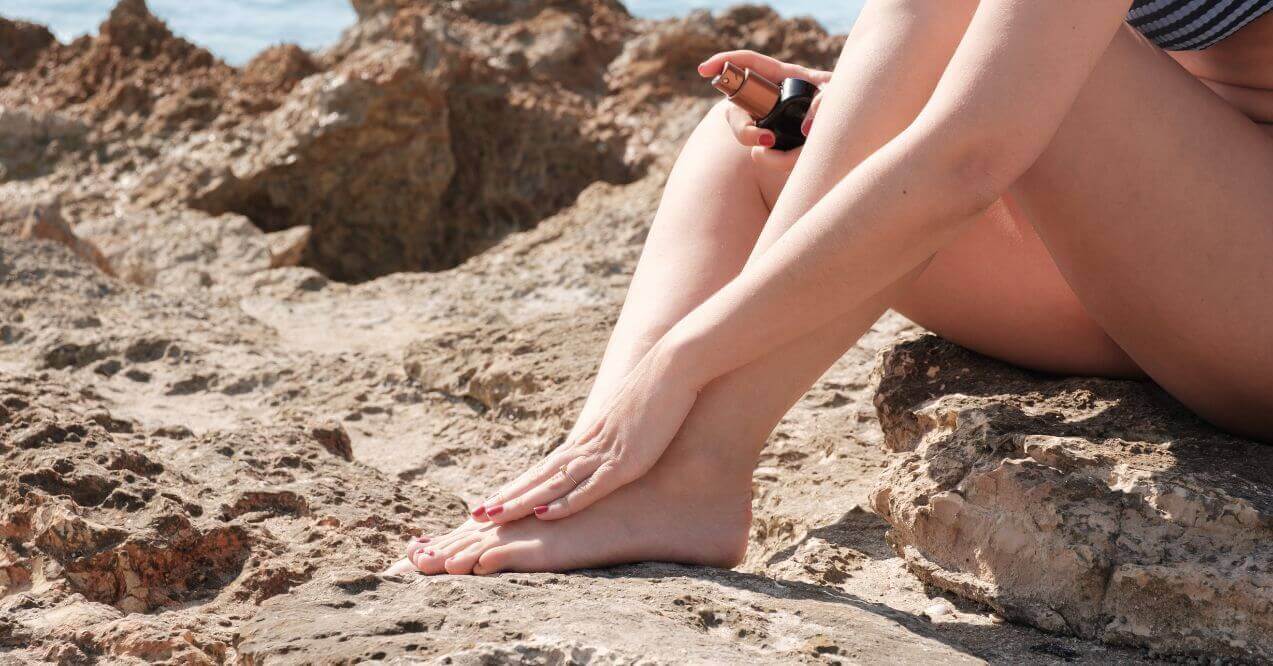
Basking in the sun’s warm rays might feel great, but your ankles might not share the sentiment. Prolonged sun exposure can weaken the skin and blood vessels in your lower legs, making them more susceptible to spider vein formation.
2. Excess Weight
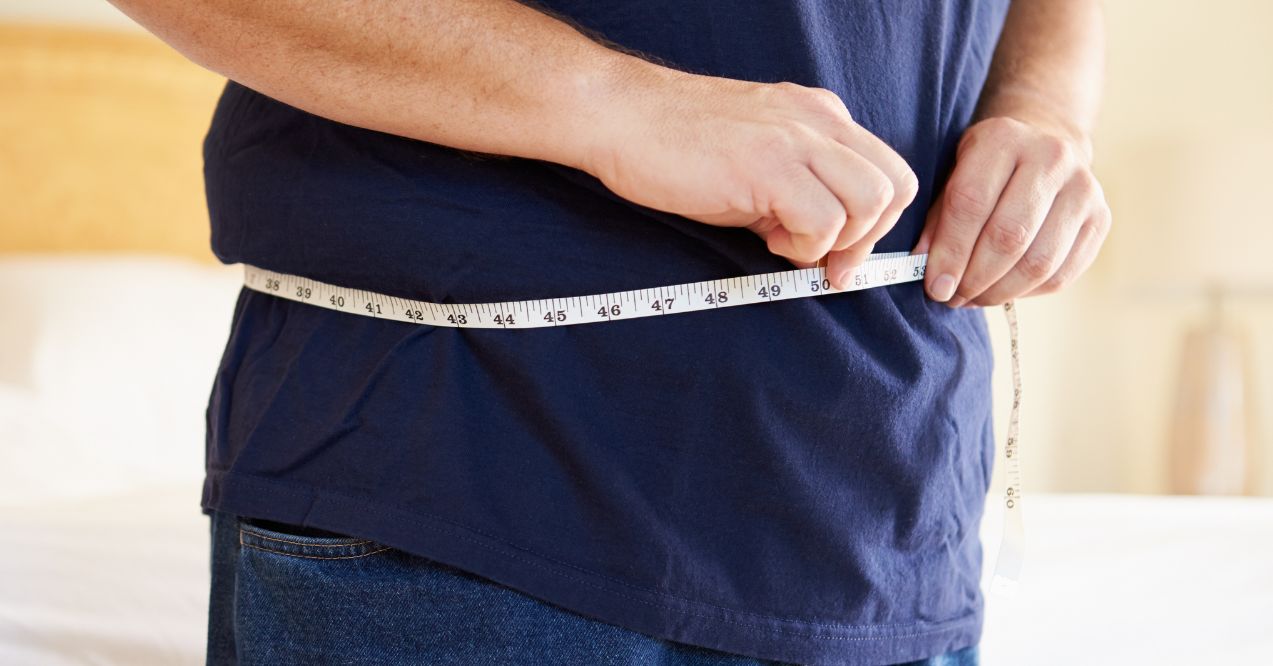
Carrying extra weight is like constantly wearing a heavy backpack – it puts additional pressure on your legs and feet. This increased strain can lead to venous insufficiencies, where blood doesn’t flow as efficiently as it should. The result? Those tell-tale spider veins making an appearance on your ankles.
3. Trauma
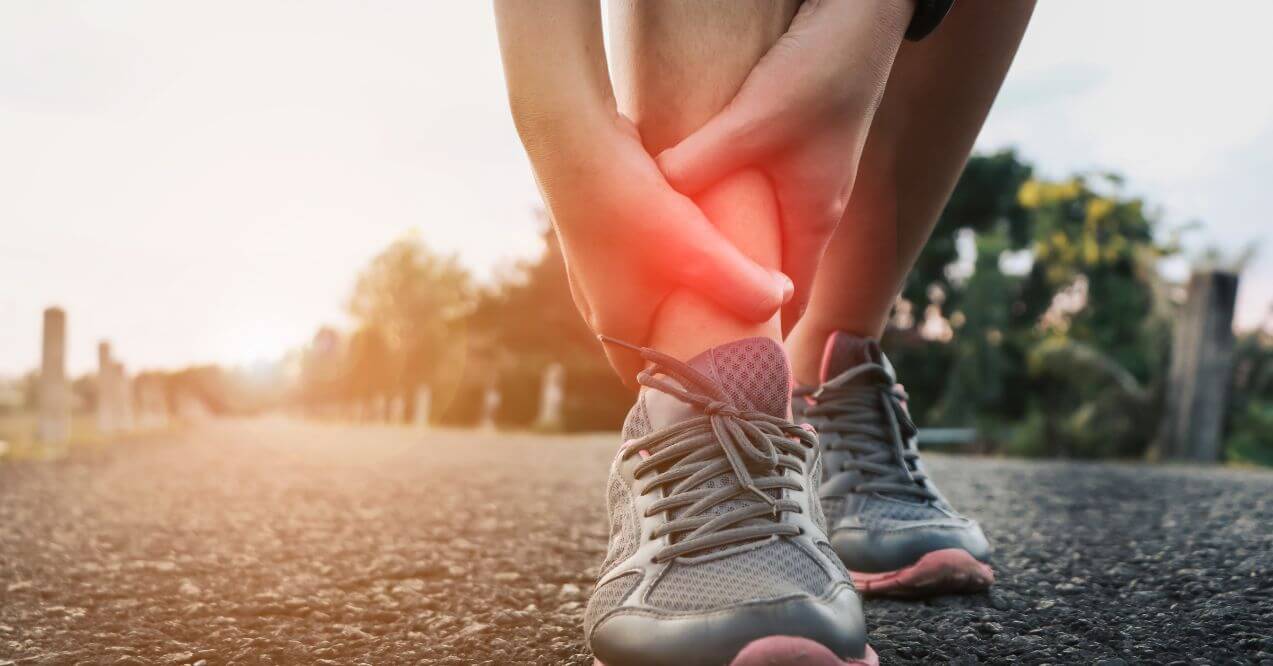
Ever stubbed your toe or twisted your ankle? These minor injuries, along with more serious traumas, can damage the delicate blood vessels in your feet and ankles. Sometimes, this damage manifests as spider veins, serving as a visual reminder of past mishaps.
What Do Spider Veins on Ankles Look Like?
Spider veins, which medical specialists call telangiectasias, are tiny blood vessels that you can see through your skin. On your ankles, they often look like a network of thin lines, similar to a spider’s web or tree branches. These veins can be:
- Red – This usually means they’re very close to the skin’s surface.
- Blue or Purple – These are slightly deeper under the skin.
These veins are typically very small, about the width of a hair or slightly larger.
Other Vein Changes You Might Notice
- Broken Blood Vessels – Sometimes, you might see small, reddish patches on your feet or ankles. These are tiny blood vessels that have burst, creating a speckled appearance.
- Face Veins – Spider veins can also appear on the face. They’re usually even finer than those on the ankles because the skin on your face is thinner.
- Visible Foot Veins – After standing for a long time, you might notice more prominent veins on your feet. This happens because blood pools in your feet when you stand, making the veins expand and become more visible.
Solutions for Spider Veins on Ankles
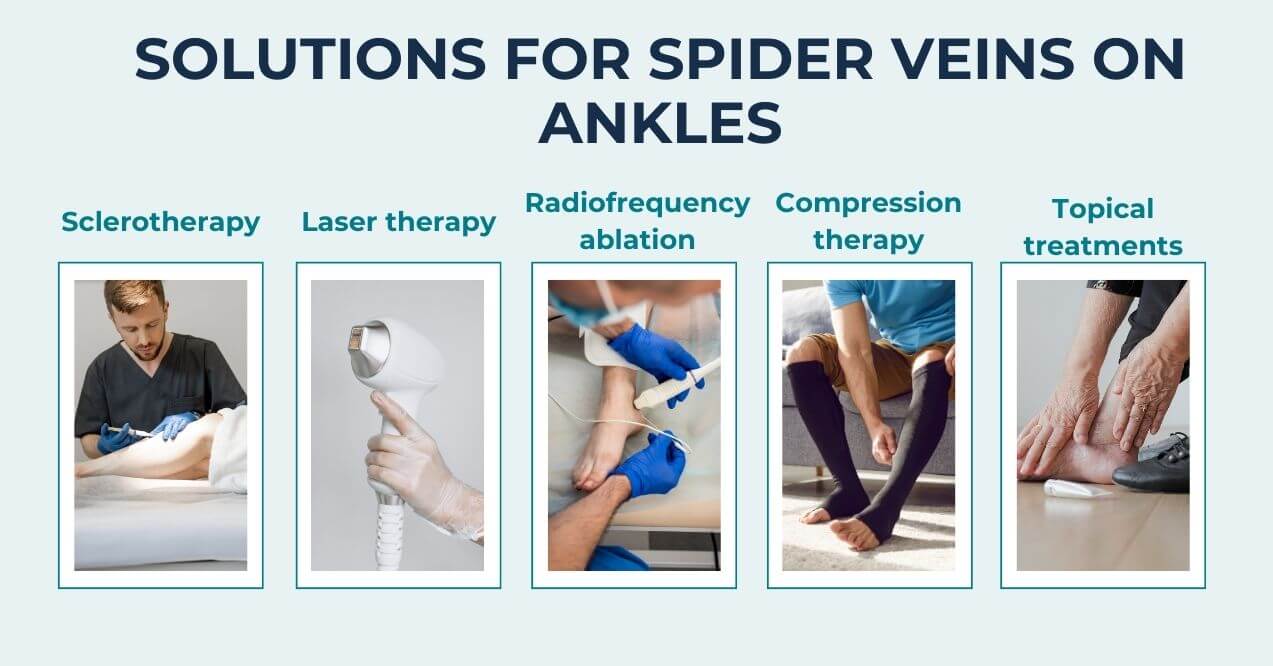
Ready to tackle those pesky spider veins? Let’s explore some popular treatment options that can help fade those web-like patterns on your ankles:
- Sclerotherapy – This technique involves injecting a solution into the affected veins, causing them to collapse and fade over time.
- Laser therapy – Focused light energy targets and destroys the tiny blood vessels, gradually reducing their appearance.
- Radiofrequency ablation – Using heat from radio waves, this method seals off problematic veins, redirecting blood flow to healthier vessels.
- Compression therapy – Wearing special stockings can improve circulation and may help manage the appearance of spider veins.
- Topical treatments – Some over-the-counter creams and ointments claim to reduce the visibility of spider veins, though results can vary.
Can You Get Rid of Ankle Spider Veins Naturally?
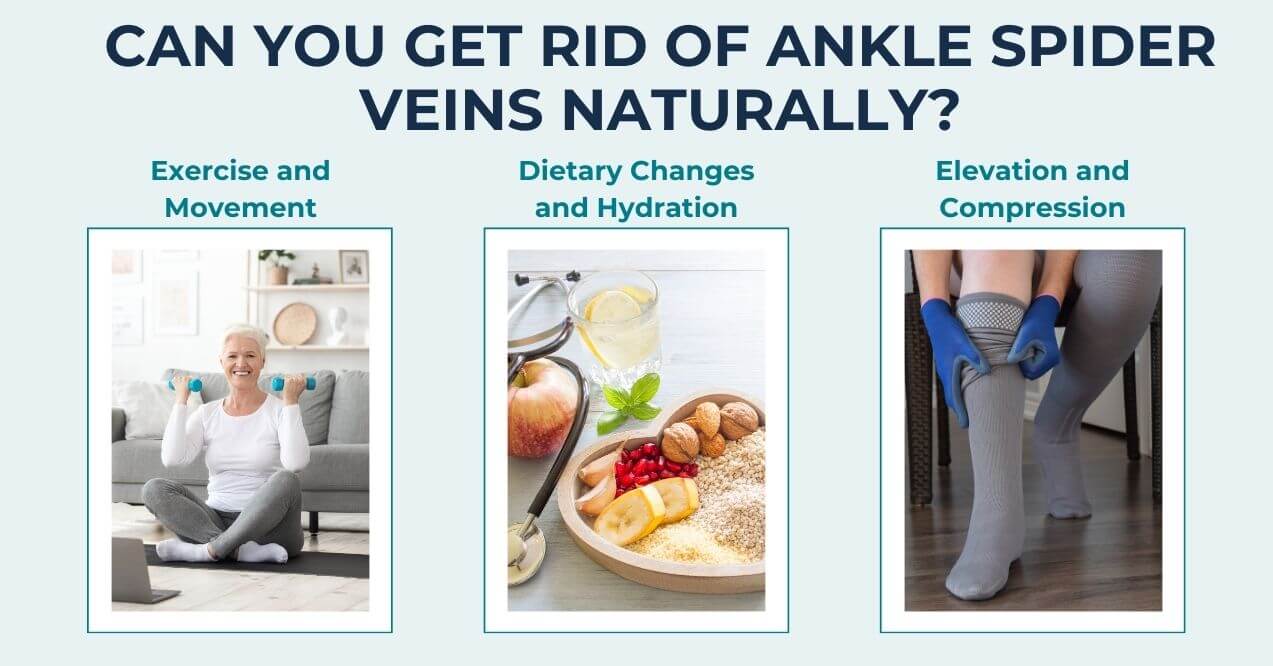
While medical treatments offer effective solutions, many people are curious about natural approaches to managing spider veins. Let’s explore some gentle, holistic strategies that might help:
- Exercise and Movement – Regular physical activity is a powerhouse for vein health. Activities that engage your calf muscles, like walking, swimming, or cycling, can significantly improve circulation in your legs. These exercises act like a pump, helping push blood back up towards your heart and potentially reducing the appearance of spider veins over time.
- Dietary Changes and Hydration – What you put into your body can have a surprising impact on your veins. Foods rich in flavonoids, such as berries, citrus fruits, and leafy greens, may help strengthen vein walls. Staying well-hydrated is equally crucial – aim for at least 8 glasses of water daily to maintain good blood volume and promote healthy circulation.
- Elevation and Compression – Spending some time each day with your feet elevated above heart level can work wonders for blood flow. For an extra boost, consider wearing compression socks during the day, especially if you stand or sit for long periods.
Dr. Holly Lucille, ND, a respected naturopathic doctor, suggests that some individuals might benefit from herbal supplements. Products like VenEase by Purehealth Research have gained attention in the natural health community. As one of the best supplements for vein health, his supplement combines ingredients like horse chestnut extract and butcher’s broom, which have been traditionally used to support vascular health.
For those looking for additional support, supplements for vein health can be an effective way to promote circulation and vascular strength. These products are crafted with natural, science-backed ingredients to help maintain healthier veins and reduce discomfort. Click here to explore our range of supplements for vein health and find the right option for you.
While working on long-term solutions, some people wonder how to cover spider veins on legs for immediate cosmetic improvement. Self-tanners or body makeup can provide a temporary camouflage effect, boosting confidence while you pursue natural remedies.
Conclusion
In conclusion, spider veins on ankles are a common concern with various causes, ranging from genetics to lifestyle factors. While they’re often harmless, understanding their appearance and causes empowers you to make informed decisions about your vascular health.
Whether you choose medical treatments like sclerotherapy or laser therapy, or prefer natural approaches such as exercise and dietary changes, there are numerous options available. Remember, what works best varies from person to person. If spider veins are causing you discomfort or concern, don’t hesitate to consult with a healthcare professional.
With the right approach, you can effectively manage spider veins and maintain healthy, confident legs.
Visible veins on feet often result from increased pressure or blood flow. This can be due to prolonged standing, exercise, or underlying vein issues. Factors like age, genetics, and weight can also contribute. While usually harmless, consult a healthcare professional if accompanied by pain or swelling.
Spider veins on ankles are typically not serious and are mainly a cosmetic concern. However, they can sometimes indicate underlying circulation issues. If you experience pain, swelling, or skin changes around spider veins, it’s advisable to consult a healthcare professional for a proper evaluation.
Spider veins don’t usually disappear on their own. However, their appearance can be reduced through various treatments and lifestyle changes. Medical procedures like sclerotherapy or laser therapy can be effective. Natural approaches such as regular exercise, elevating legs, and wearing compression stockings may help manage their appearance over time.
Sign up for our Healthy Living newsletter!
Advertisement. This site offers health, wellness, fitness and nutritional information and is designed for educational purposes only. You should not rely on this information as a substitute for, nor does it replace, professional medical advice, diagnosis, or treatment. If you have any concerns or questions about your health, you should always consult with a physician or other health-care professional. Do not disregard, avoid or delay obtaining medical or health related advice from your health-care professional because of something you may have read on this site. The use of any information provided on this site is solely at your own risk.
